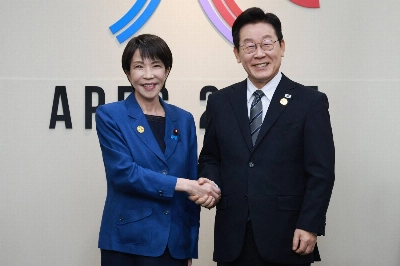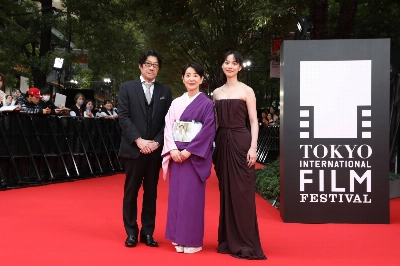Married with two children, 46-year-old Kumiko Mashima thinks her life is just about perfect. She met her loving husband through an omiai -- a formal introduction arranged by a go-between with a view to marriage -- and they both adore their daughters. But before she found her way into her husband's arms, she went through more than 30 omiai, meeting man after man in search of a soul mate.
Mashima was only 22 when she had her first omiai. She was still a university student and had no intention of being tied down. Unfortunately, though, her parents didn't see it that way, and fretted over the possibility that their daughter would remain unmarried.
"My family took me to a fortuneteller," says Mashima. "And she told me that because I was headstrong, I would marry very late in life. Hearing this, my parents started rushing to get me married off."

















With your current subscription plan you can comment on stories. However, before writing your first comment, please create a display name in the Profile section of your subscriber account page.